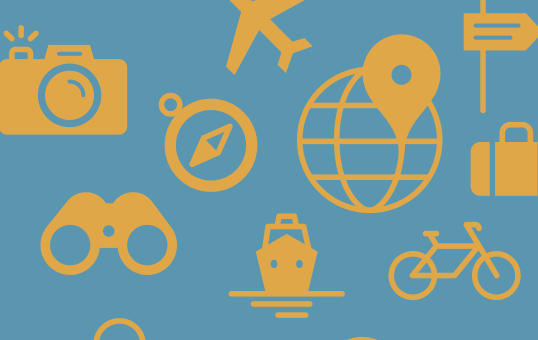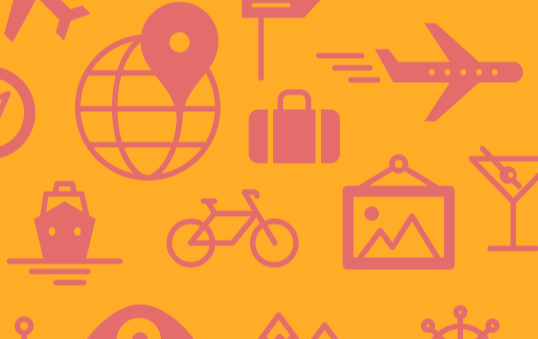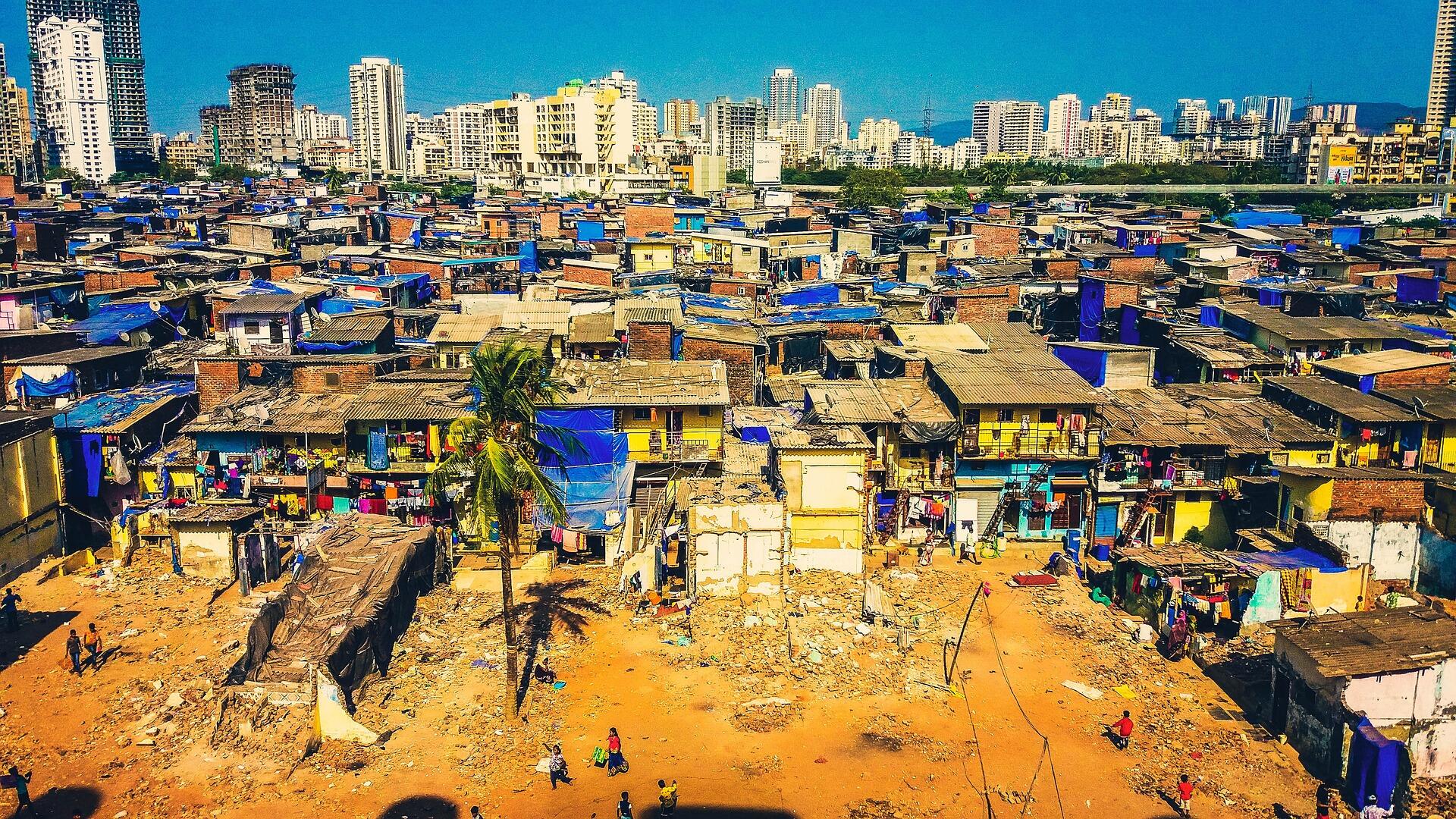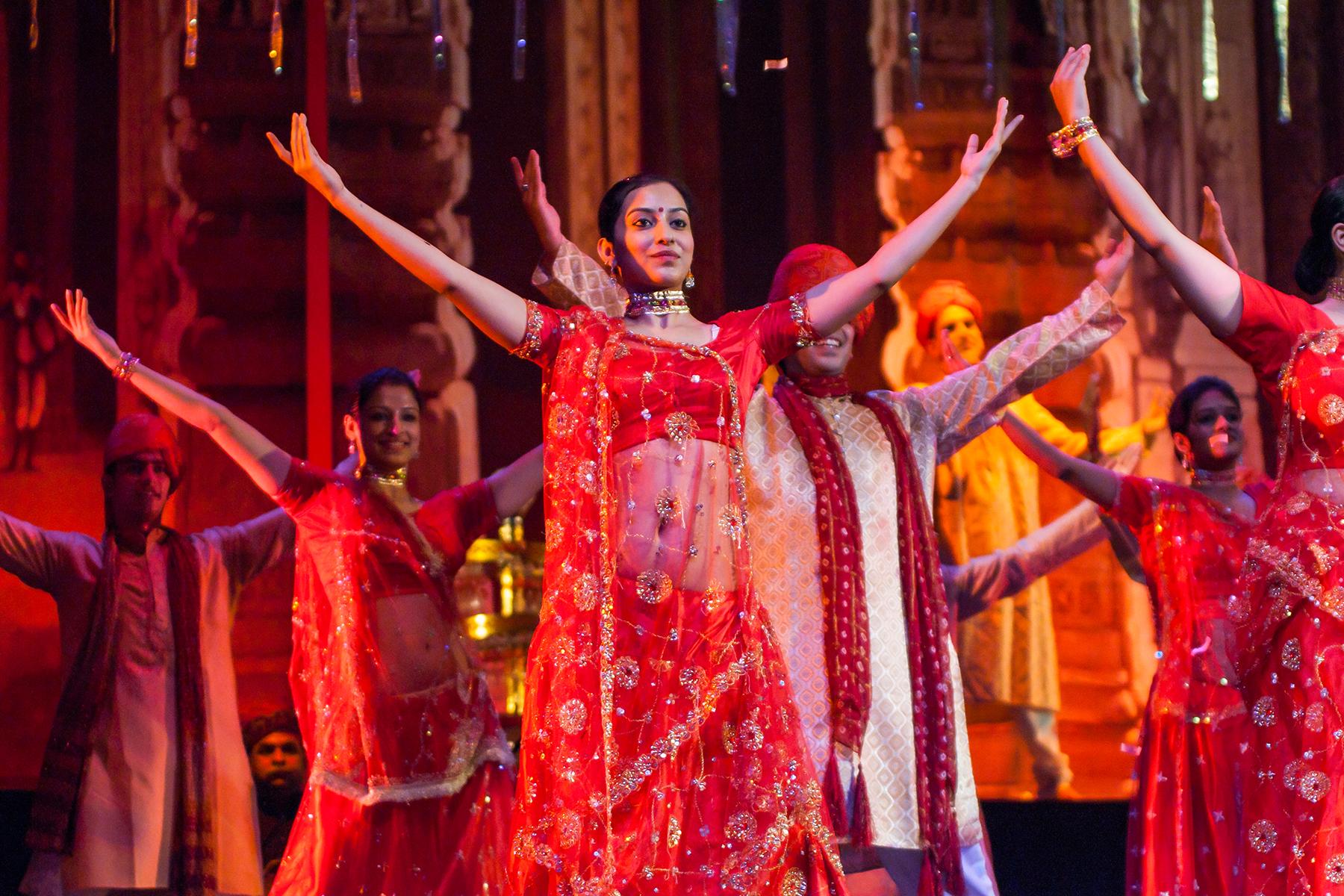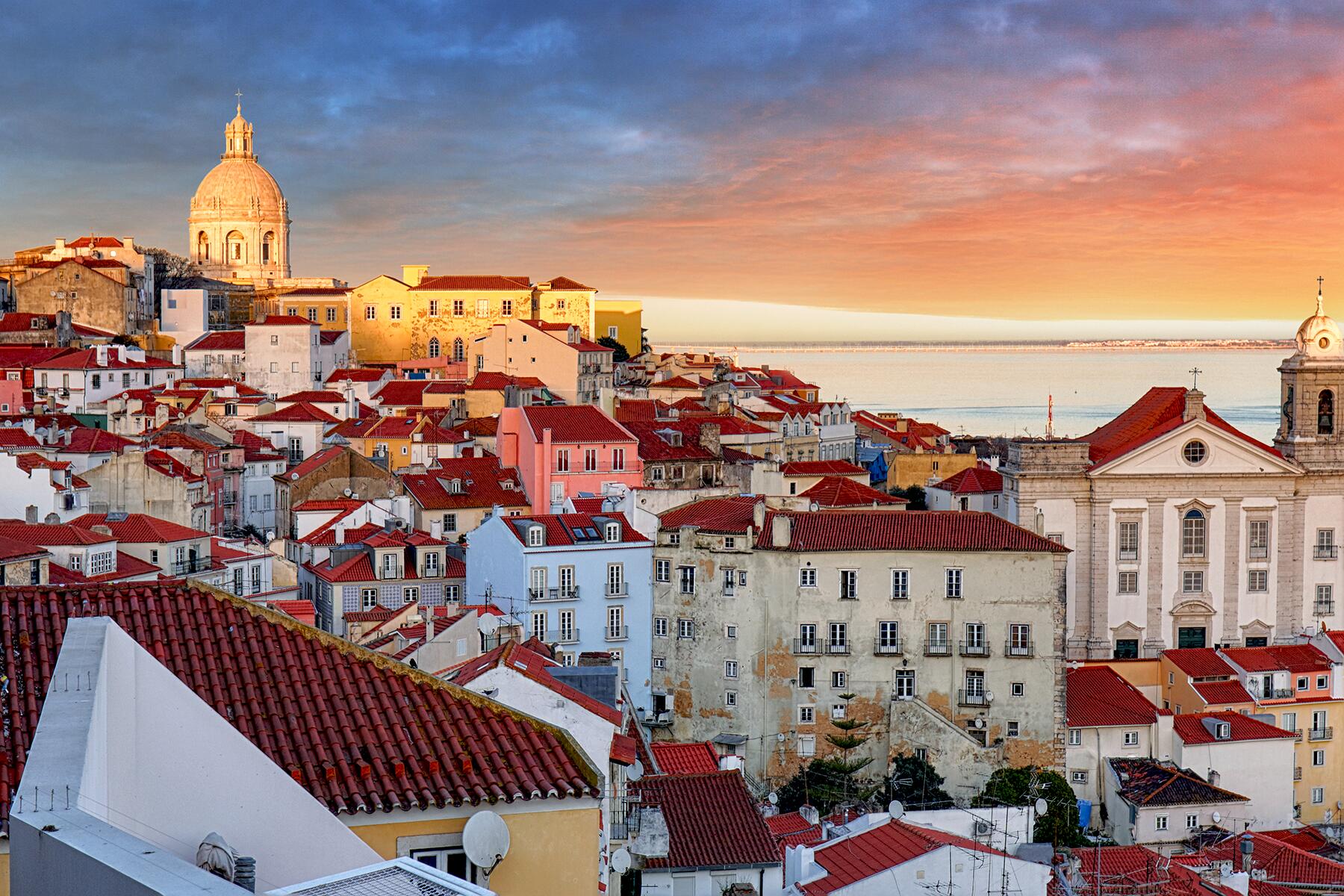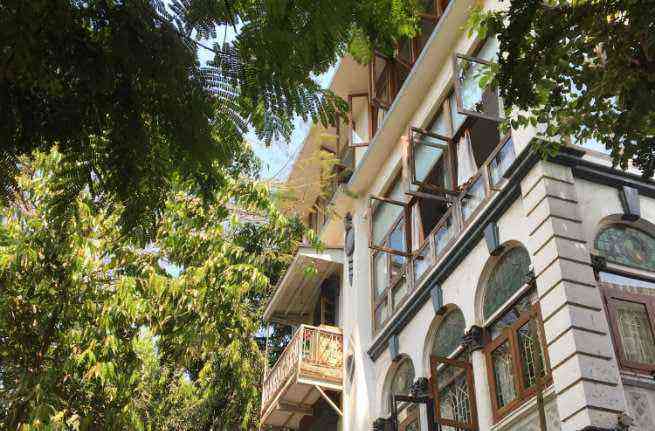Mumbai
Mumbai
The Fodor's Five
The five things you need to know before traveling to Mumbai
Plan ahead to dodge traffic mayhem.
Mumbai is a sprawling, brassy peninsula, with its key attractions clustered in two main areas—South Mumbai (“Town” to the locals), covering places like Colaba, Fort, and Malabar Hill; and the suburbs encompassing Juhu, Bandra, and Goregaon. You can opt to hire a private car with a driver for the day, book an app-based cab like Ola or Uber, catch an auto-rickshaw in the suburbs, or if feeling adventurous, hop on the local commuter train. Whatever the choice, it’s best to plan your day’s itinerary ahead to avoid the city’s notorious traffic snarls. Morning traffic peaks between 8 a.m. and 10 a.m. from the suburbs towards South Bombay, while the evening gridlock intensifies post 5:30 p.m. on the return route.
There’s more to eat than Vada Pav and Pav Bhaji.
There’s a lot more to Mumbai food than Vada Pav (a bun stuffed with a steaming potato patty) and Pav Bhaji (spiced and mashed vegetables with buttered soft rolls), delicious as they are. The city is home to thousands of restaurants, ranging from casual to ultra-chic, and being a city of migrants, every type of Indian cuisine is on offer, from Konkan Coast’s seafood and Parsi’s (Zoroastrian refugees from Persia) meat delicacies to North India’s kebabs and tandoori dishes, and South Indian vegetarian fare—some quality international fare too, so make sure you treat your palate to all of the city’s flavors. Mumbaikars usually head out for dinner quite late, around 9 p.m. If you’re set on dining at a popular fine-dining restaurant without a reservation, your best bet is to arrive by 7:30 p.m—you might just luck out and snag a table.
Save money by staying in a budget hotel chain in or near Mumbai’s main districts.
Mumbai hotels can be pricey and not everyone enjoys shared hostels or guesthouses. If that sounds like you, consider booking a room at a budget hotel chain like FabHotels, Ginger Hotels, and similar 3-star accommodations. They’re known for their clean, safe rooms with mod cons. Neighborhoods like Andheri, Colaba and Fort offer a variety of these options, including charming boutique joints. The best budget spots fill up quickly, so you should book in advance to avoid a stressful, last-minute search.
Give Mumbai more than two days
Mumbai demands more than a fleeting visit to grasp its essence. Once you have taken in the famed beaches, bazaars, and iconic landmarks like Gateway of India, dive deeper into what the city has to offer. Find peace in the city’s green sanctuaries like Sanjay Gandhi National Park and the Dharavli Adivasi Village, wander through the quaint East Indian and Goan hamlets of Khotachiwadi and Matharpacady, or hop a boat to Elephanta Island, northeast of the Gateway of India in Mumbai Harbour.
Mumbai’s weather sweet spot is mid-January to mid-February.
Plan your trip to Mumbai between mid-January and mid-February. This period brings a welcome change in weather, with breezy and clear days replacing the city’s usual humidity and frequent downpours.
Recommended Fodor’s Video
Neighborhoods
Hotels
Things to Do
Things to Do
Explore Things to Do
Find the perfect tours and activities in Mumbai.
Where to Eat
Where to Eat
Need to Know
Need to Know
Language
Hindi, EnglishNearby Airports
BOM, PNQ, IXUElectrical Outlets
230v/50 cycles; electrical plugs have two round prongs or three round prongs that form a triangleCurrency
Indian rupeeLanguage
Hindi, EnglishElectrical Outlets
230v/50 cycles; electrical plugs have two round prongs or three round prongs that form a triangleCurrency
Indian rupeeNearby Airports
BOM, PNQ, IXUNeighborhood Guides
Discover the best neighborhoods in Mumbai with curated recommendations from our editors.
Local Weather
Neighborhood Guides
Discover the best neighborhoods in Mumbai with curated recommendations from our editors.
Local Weather
Neighborhood Guides
Discover the best neighborhoods in Mumbai with curated recommendations from our editors.



